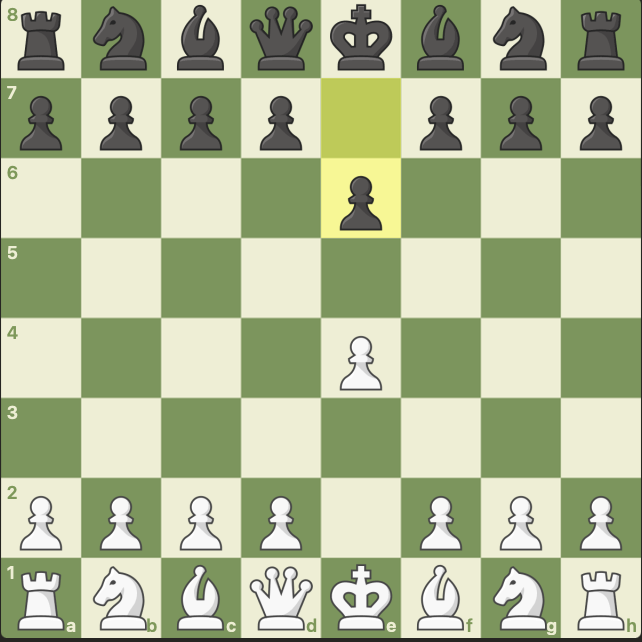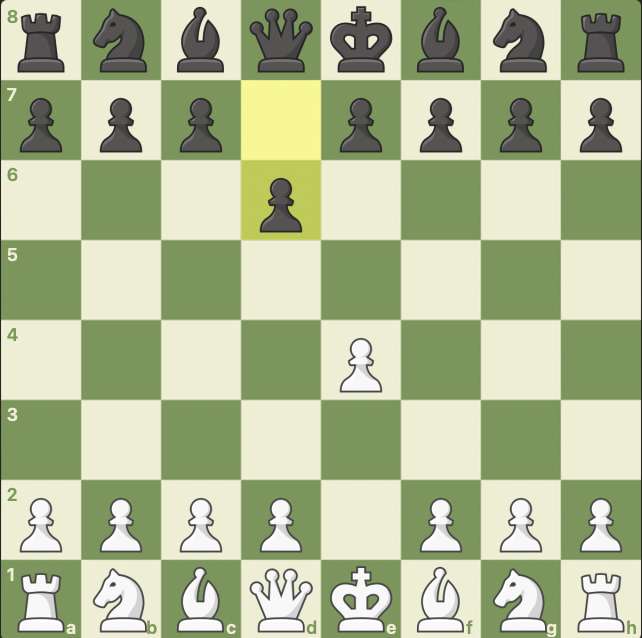When it comes to becoming a master at chess, even as a beginner, I think we all wonder which are the best chess defense openings. Imagine being able to counter your opponent’s every move before springing your attack!
Best Chess Defense Openings for Beginners
Understanding the importance of a solid defense in chess is key. Chess defense openings like the Sicilian, French, Caro-Kann, and Pirc are great ones to master depending on your style of play.
Understanding the Importance of a Solid Defense in Chess
In professional football they say “defense wins championships”. And I agree. If your opponent can’t score on you, you win. This holds true in just about any competitive game, and that includes chess.
We know just how critical it is to control the center, right? Well think of solid defense in chess like controlling the board. It’s not just about reacting either. Several defenses are built around aggressive counterattacking.
Sometimes your opponent starts with a horrible opening move, but most of the time you don’t get that lucky. There’s a major balance that needs to be kept in offense vs defense to be a master at chess.
Obviously the main goal of any good chess defense is protecting the king and avoiding any unnecessary risks that put him in danger, but defense actually goes hand in hand with offense as well.
Controlling the center and developing pieces quickly actually help your defense just as much as your offense.
The chess forums will always have endless discussions on which chess defense is best, but in my opinion which defense you choose depends a lot on your style of play and your understanding of the game.
Let’s take a look at some great chess defense openings for beginners. I’ll cover the Sicilian defense, the French defense, the Caro-Kann defense, and the Pirc defense.
The Sicilian Defense: Pros and Cons for Beginner Players
If your style of play is aggressive, then the Sicilian defense may be the one you’re looking for.
One of the most popular and aggressive chess defenses for black, the Sicilian defense opens with 1. e4 c5.

With this opening black controls the d4 square and has intentions of attacking white’s pawn on e4.
As with any aggressive play, there are both pros and cons to this opening defense.
Utilizing an aggressive style defense can be a pro in and of itself. By focusing an attack on white’s pawn at e4 black can quickly find themselves in control of the center of the board.
Be careful, though, as a beginner player that you don’t give your opponent positional advantage that can occur from such an aggressive defensive open.
If you’re not as well versed in opening theory as your opponent you can quickly find yourself in a disadvantage.
Also, should your aggressive intentions not pay off you can end up giving control of the center to your opponent and find yourself vulnerable to attacks.
There are so many variations to the Sicilian defense and it can truly be exciting and challenging to play for both players.
Related Article at DominateChess.com!
Check out “99 Common Chess Terminologies and Their Meanings You Should Know” to brush up on all the chess terms you’ll need to up your game!
Exploring the French Defense as a Defensive Option for Beginners
If a solid and secure style is what you’re looking for, the French defense opening may suit you well.
The French defense opens with 1. e4 e6. Black controls the d5 square and plans to counterattack in the center.

For beginners, the French defense can be a solid option because it allows you to restrict white’s pawn movement, potentially control the center, and develop your pieces all at the same time.
Like the Sicilian defense there are many variations of the opening.
As a beginner player you can experiment with which variation of the French defense is better suited to your style and strengths.
Some potential negatives associated with the French defense are that, unlike the Sicilian Defense’s aggressive nature, the French defense is slightly passive.
If white manages to control the center it can be difficult to counter. This can also lead to vulnerabilities and attacks on black’s kingside.
How the Caro-Kann Defense Can Help Beginner Players Control the Center
Have you ever played the Caro-Kann defense opening?
The Caro-Kann defense opens with 1. e4 c6 Similar to the French defense opening, black controls d5 and looks to counterattack the center.

Beginner players might enjoy employing this defensive opening because of its ability to control the center of the board.
Any time you can restrict your opponents pawn movement into the center, it instantly gives you more control of the game and the ability to limit your opponent’s attacks.
The Caro-Kann opening is also considered a reliable opening, perfect for beginners in that it is easy to learn with several variations you can use depending on your style of play.
However, if white manages to gain control of the center it can lead to feeling a bit cramped and restricted for black.
You may have trouble getting your pieces developed to mount counterattacks.
Like the French defense it can also be considered a more passive defense. If you’re style is more aggressive, this may not be a good fit for you.
The Pirc Defense: A Beginner-Friendly Opening for Counterattacking Players
Like the Sicilian defense, another aggressive defense is the Pirc defense.
Your Pirc defense opens with 1. e4 d6 with your eyes set on counterattacking kingside.

The Pirc defense opening is all about counterattacking. With your opening move you’re clearing a path to make counterattacks kingside.
This is a solid defense for beginners. Here’s a great video showing it’s many advantages.
Like the other defensive openings discussed in this post, a beginner player can experiment with variations of the Pirc defense.
Find a variation and strategy that best suits your gameplay and run with it. Make it a natural extension of your style of play.
It’s aggressive nature makes the Pirc defense popular with beginners.
Using this defense can quickly build your sense of initiative in the game, creating attacks on your opponent and being disruptive.
Beginners though can sometimes focus so much on counterattacking kingside that they forget to protect their own queenside.
Again, make sure with any defense to study opening theory. The more versed you are in this the better prepared you are to counter the many variations that can come from your opponent.
Final Thoughts
As a beginner there are several great defense openings that can allow you to be secure, balanced, and even aggressive. Find the best defensive chess opening that matches your style and quickly disrupt your opponent’s offensive attacks!
What do you think? Which of these chess defense openings have you employed before? Are you an aggressive player looking to counterattack, or are you more reactive and slightly passive? Let me know what you think in the comments section below!



I’ve been looking for exactly this. I’ve been familiar with Sicilian but I need to start learning the variations. The pirc defense is also interesting. It’s fascinating to me how greatly they can differ from just a slight change in the opening move. Are there any defensive openings that target the edges of the board and do they have a name?
The Pirc is one I tend to use a lot. I need to learn more opening theory as well. The edge of the board isn’t a strong place for offense to be so there’s no real defenses that target that. You’d be doing well if your opponent was attacking the edges of the board for some reason. 🙂 Thanks for the comment!
Hi Eric!
I came across your article and it’s exactly what I was looking for. As a chess beginner, I need to learn everything I can! I watched a video of a very young champion some time ago and was fascinated.
Your article and website will definitely help a novice like me learn to play the game.
Veron
Glad to help! Thanks for the comment!
My wife and I have been playing lately for some brain stimulation. These opening moves are helpful even though we will be playing a beginner because we will see where they can lead. Thanks for this detailed look at these opening defensive moves. I think your article will add a great to deal our beginning to play chess again after all these years.
Jim
Glad to help! Enjoy!